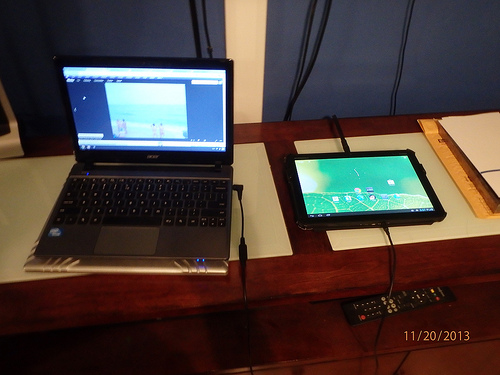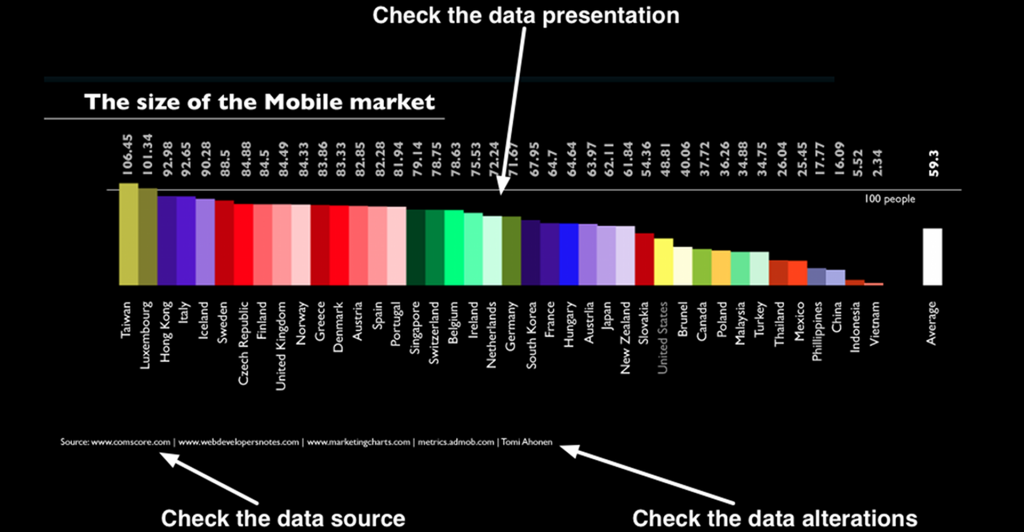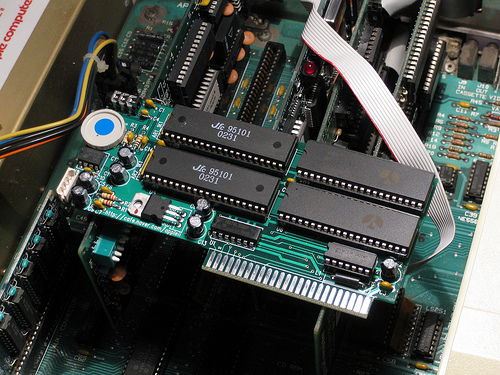How will 2-in-1 Chromebooks affect iPad adoption in schools?
Asus released the Chromebook Flip C100 mid 2015, a 2-in-1 Chromebook. At the time I couldn’t see the use of a Chromebook in tablet form. But, in 2016, Google announced Android apps were coming to Chromebooks, and the 2-in-1 Chromebook model became a lot more interesting. So much so that I bought a Flip. This year, Acer, Asus, and Dell are all releasing 2-in-1 Chromebooks. These models have a touch screen that can flip around, and be used as a laptop, in tent mode, and in tablet mode. Will this be the death of iPads in schools?
At one point, I was skeptical about the need for touchscreens on Chromebooks and laptops. Recently, something changed my mind.
Google announced that it would make Android mobile apps available on touchscreen Chromebooks.
This was HUGE news to me, at least from my background and perspective. I count myself a technology-using educator first, not an administrator or IT type. My experience is using technology in the classroom, not making the wires connect or the infrastructure work for a whole district. (If that’s your background, your thoughts on all of this would be very welcome and useful to everyone in the comments below.)
If Google can make this work — and if it’s true that Android apps will run seamlessly and easily on a touchscreen Chromebook — here’s what keeps occurring to me:
Touchscreen Chromebooks may well become iPad killers in schools.
Chromebooks have many advantages of iPads: management, price, full web browser. But, Android apps are nearly as ubiquitous as iOS apps, and apps such as GarageBand or iMovie don’t exist for Android. Plus, Android apps haven’t always been designed for tablets.
This year will be interesting once Android becomes available on more Chromebook models and teachers can start using them in the classroom.
Is your Chromebook getting Android apps? You can check at the Chromium site.






